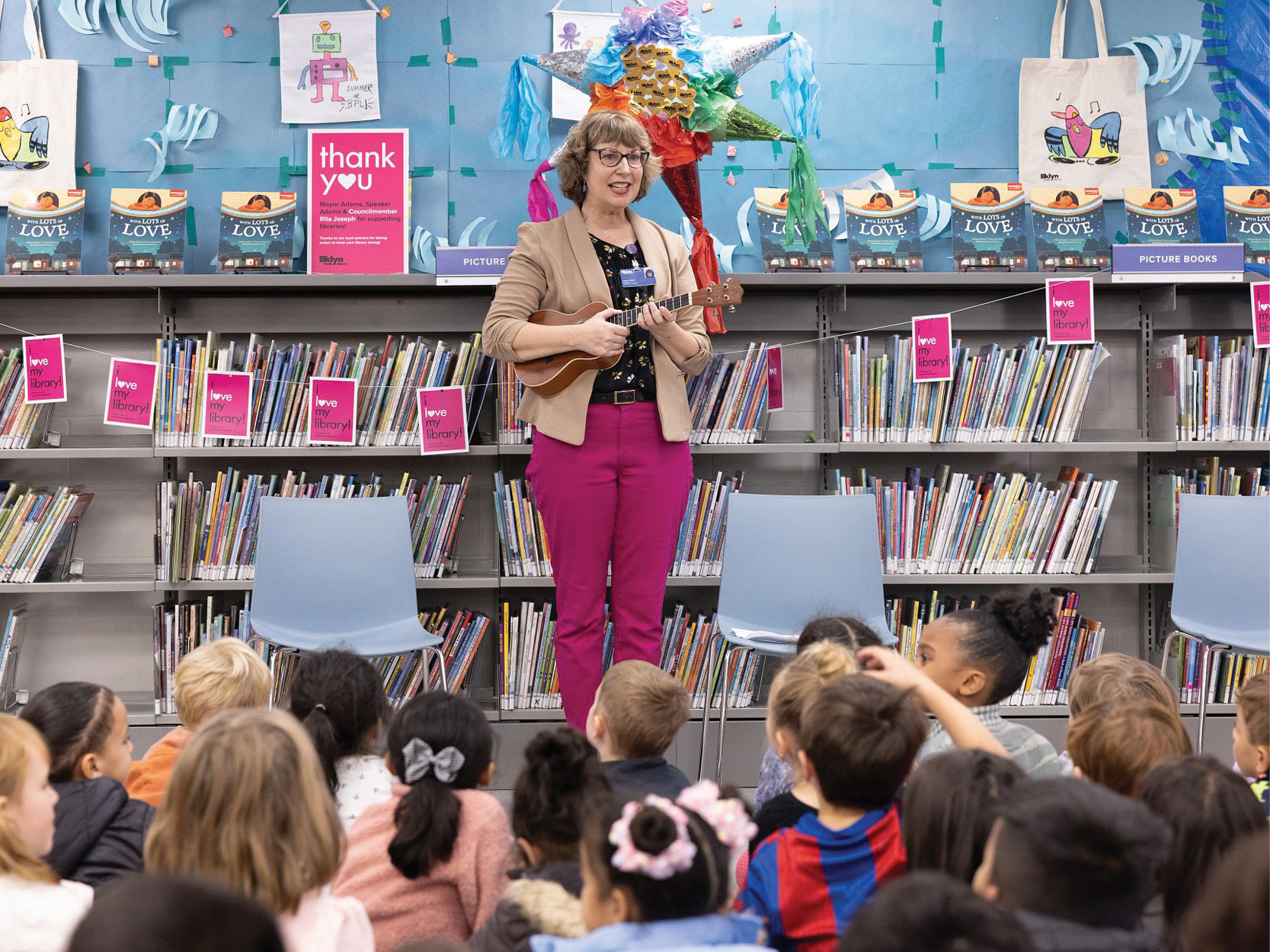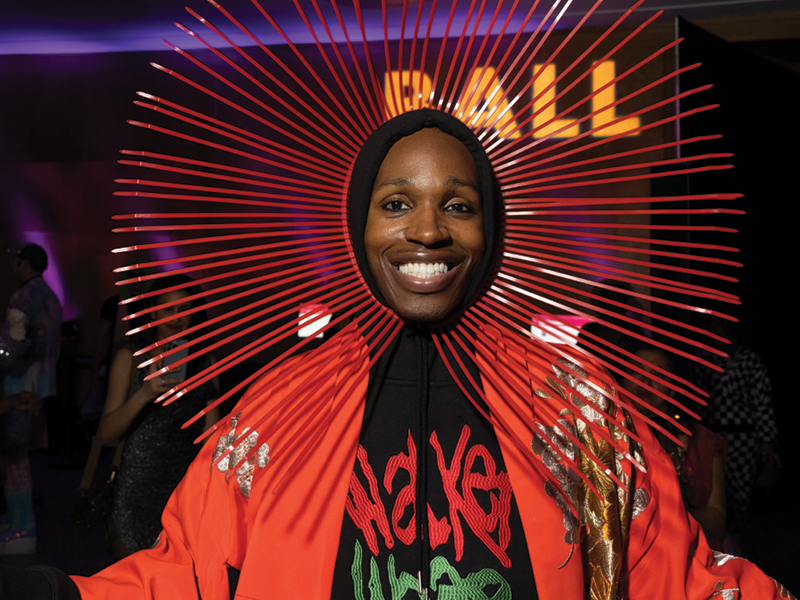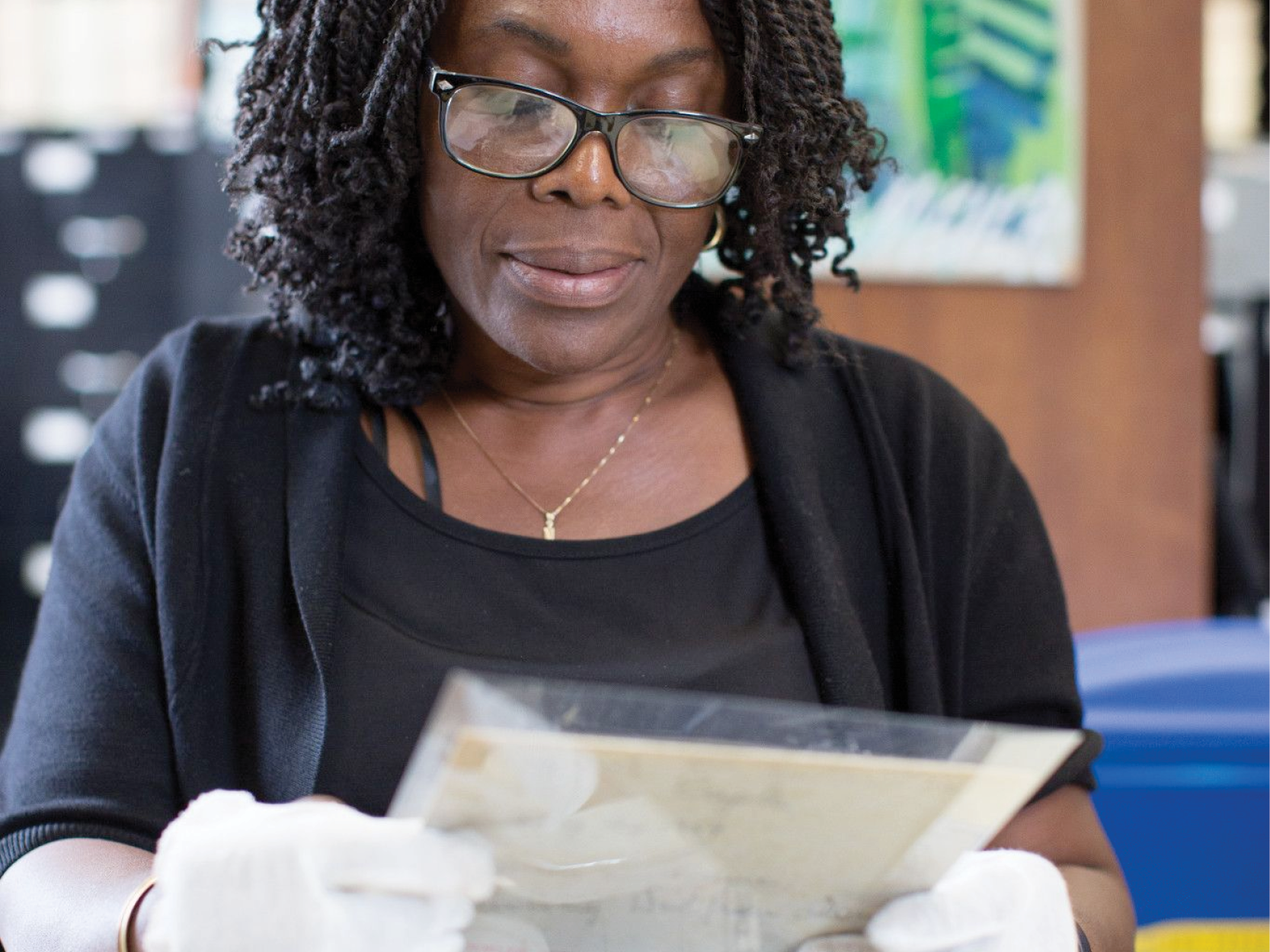
Roll up the rug – what you do at the start of a house party
Cut a rug – what happens when you neglected to roll it up first
I’ve been a social dancer most of my life, and the form closest to my heart is Lindy hop. I was interested to see what I could find in the archive that documented Lindy and other social dance activity in Brooklyn. I focused on partnered social dance and skirted (pun intended) the art of performance.
My search brought both finds and frustrations. My strongest source was Brooklyn Newsstand, our collection of digitized Brooklyn newspapers covering over 100 years of Brooklyn history. The collection holds some wonderful discoveries and at the same time reveals significant voids.
One can see the march of dance styles as they emerge and pique the young who jump into a new form that violates the current social norms. Delighted to outrage the old guard, they carve out a new space for themselves. Noisy denunciations in official publications follow. In time, a dance gains acceptance and adherents across the population. Once a dance is truly accepted, it is time for the young to move on to a newer form, the better to rattle the old folks.
I don’t pretend to offer a comprehensive survey of 20th century dance forms - for that I look to the historians. My concentration will be on the Lindy hop; the dances that led up to it, and a little of the activity after.
Yowls from the old guard
A dance had to achieve a certain level of popularity before it earned the scrutiny of the press, where we can discover it in the Newsstand. At the turn of the century the waltz, now considered the most lyrical and genteel of the popular ballroom dances, rattled some in 1883 according to the Eagle. I found many articles interviewing religious leaders for their opinion of the latest dance.

Home players and professional musicians alike needed sheet music for this popular dance, illustrated by an elegant example from our Brooklyn sheet music collection.

1889. SM_0011. Brooklyn sheet music collection, Brooklyn Public Library, Center for Brooklyn History
The tango juggernaut
In the nineteen-tens another dance wrested control of the public imagination and further alarmed the guardians of public morals. Tango swept the world, moving - according to this article - from Argentina to the United States and then to Paris, where it seemed not to have fazed the locals at all. However, “Wagner is open to criticism.”


The above article just precedes tango’s wild spike in 1914 (which we can see neatly demonstrated by a search for the term in the Newsstand) followed by an understandable slump during WWI. Later, tango proves itself durable and we can see a recovery in succeeding decades.

In the years around the fight for women’s suffrage, tango, and dancing more generally, was a badge of personal freedom for some and not worth the time for others. I would like to note the Mrs. Dreier in this article is not Mary Elisabeth Dreier, but another suffragist. I found articles about dance most often appeared in the women’s section of a newspaper.

Below we have a good example of a dynamic I saw repeated: a reporter recording public outrage to a shocking new activity, while playing the interview for comic effect.

Indulge me while I quote from Phoebe Hawn’s report on the dance of the suffragists, reminiscent of the snappy repartee in a screwball comedy:
“To trot or not to trot,” that was the question which played hide and seek with Woman Suffrage last night at the Masonic Temple at the first Voters Dance given by the Men’s League.
A swarm of reporters buzzed through the halls. “All over but the shouting, I understand,” said one as he drew reams and reams of paper from his pocket. “Big story! ‘Clergy puts the final ban on trotting in Brooklyn.’ No more tangos in this burg. Yes, sir; they are going to give a verdict and it’s going to be ‘con’.” (General gloom.)
And then it began, the trot, the glide, the tango and the hesitation – with their numerous and sundry variations. “Too much mustard,” was indeed too much for the Rev. John H. Melish and even he hesitated.”
But if the social gatekeepers were hesitating, tango enthusiasts were all in. Ever keen to pick up on a trend, clothiers rode that wave to supply tango garters, tango knickers and dainty footwear for the devotee.

Things start to swing
Soon, another craze roars in, with the arrival of the Charleston in the 1920s. And again, we see the establishment having trouble tracking the speed of change. In this article it appears the public is anxious about the complexity of the new dance and gets reassurance from the dance masters that they will be given a purchase on the trend with kindly instruction.

Dancing masters, supported by public taste, will lasso and hobble the Charleston, predict the gentlemen who devote their lives to teaching dancing.
Dance teachers had an interest in codifying the dance to make it easy to learn for large numbers of people, thereby growing their business. It was then in their interest to tame new, energetic or complex dances for the general student. There is a continual push and pull between the schools codifying the steps, and innovators thinking up new ways to impress, while still staying within the general steps of the form.
The Charleston, named after the city in South Carolina, came up from the south with the African-American community in the Great Migration and is a parent of the swing dance forms that followed. It is in Harlem that the Charleston evolved into the Lindy hop, at places like the Savoy, Alhambra and Renaissance ballrooms with pioneering dancers like “Shorty” George Snowdon, Whitey’s Lindy hoppers, and Frankie Manning, the innovator of the air-step that is now so emblematic of the dance, who became the de facto choreographer for Whitey’s group and was a major force in Lindy hop’s revival in the 1980s.
That history is too surpassingly rich to encapsulate here but I urge readers to follow the links to learn more. My concentration is on how our archive can illuminate this history. At this point in my research, I discovered a disjuncture between what I knew about the history of swing dancing and the visual evidence in the archive.
As I searched in the Newsstand for Charleston and Lindy hop in the 1930s and 1940s I found pictures of young energetic Lindy hoppers in social dance venues, but none of them were people of color. (Performance photographs were a different matter where, on playbills and theater ads, I saw featured many performers of color.) This posed a question for me: was this evidence of the news photographers’ bias, the selection of venues, the venues’ segregated (stated or unstated) admission policies, or a combination of all of these?
Frankie Manning says in his autobiography, written with Cynthia Millman:
Although there were spots right in Harlem that blacks couldn’t enter, the Savoy was integrated. In fact, as far as I know, it was the only integrated ballroom in the country at the time, and by that I mean that blacks and whites could dance with each other.
I would like to digress to an ancillary point. One of the beauties of social dance is that everyone does them slightly differently. The dance evolves through the experiments of the practitioners, and will change more quickly on a floor where dancers are changing partners. This then begs the question - how did this dance, pioneered by the African American community, find its way so quickly to the whole culture and that interchange not be recorded?
I posed the question to Dr. Derrick León Washington, cultural anthropologist with a specialization in dance, who views integration more expansively. I paraphrase his response here:
The Savoy was one of the most prominent of the Harlem ballrooms, and the owners were interested in making it a welcoming destination and haven for dancers of all backgrounds, New Yorkers and tourists alike. But it was by no means the only venue where people of all backgrounds could gather. There were also small clubs, street parties, park dances, house parties and rent parties where integrated crowds could share the joy of dancing.
He further writes:
Even if we look at Harlem, a metropolis within a metropolis, ideas of integration were expanding even during the years the Savoy Ballroom was in operation (1926-1958). Different spaces fostered integration related to ethnicity, nationality, race, gender expression, sexual preference, and political beliefs which relate not only to jazz dances, but are the seeds of various dances that would emerge decades later.
I encountered no overt statements of racial exclusion in ads and articles, but this item about Brooklyn College highlights the barriers that existed for those who wanted to dance freely with whomever they wished. Armed with the knowledge that Brooklyn College was not yet integrated in the 1930s (and for many decades after that) one is forced to deduce that the language “mixed dances” doesn’t just refer to gender, and “too many outsiders” indicates race is an issue here.

What this highlights is that the material we can glean from the Newsstand has its limits. For all the great insights primary sources can offer on history, one must keep in mind the context of time, place, audience and creator that are inherent in every archival object. With this in mind, archives always aim to grow and fill their gaps with other sources like, for example, oral histories of those of the generation who did the dances, and of their younger relatives who might have heard family stories growing up.
Lindy hop has a competitive side one can see on the dance floor in spontaneous jam circles that form around an admired couple who strut their stuff until another couple decides to jump in and brave the spotlight. (A jam circle is illustrated by the photograph at the beginning of this article) Dance contests sprang up where couples could compete for prizes.
Here the Brooklyn Eagle-Strand Theater hosts a contest for jitterbugs, another term for the Lindy hoppers, over a number of weeks in 1938. Winners of the contest were awarded the chance to perform as paid professionals in the stage show at the theater. Each of these contest ads have a brief story, usually an interview, to capture the reader. This one features a prominent Chinese restaurateur Ruby Foo talking about the popularity of the dance in China.

With high energy and improvisational skills now in vogue on the dance floor, it’s understandable that teachers might want to invent a more manageable form for public consumption. A confounding and short-lived response to this need came from A.J. Weber, the president of the New York Society, Teachers of Dancing. His Ta-Fo-Wa was a kind of Esperanto of dance combining aspects of tango, foxt trot and waltz.

The point being that a hapless leader could be ready to dance to any tempo. I say leader, rather than man, because I see from footage of the 1939 World’s Fair, as well as other historical footage, that there were quite a few dance events where we see a floor of almost all women. This was not the only swing dance at the Fair. The New York Age, one of the most prominent African American weekly papers, reported on a dance sponsored by the Savoy Theater.
.jpg)
Five hundred or more howling young "jitterbugs" broke ground for the Savoy Theater at the World's Fair with the thunder of flying feet set to the rhythms of swing. Under the approving eye of Grover A. Whalen, prexy of the Fair, the army of "cats" went to work on the site with all the fury of a thousand steam shovels. ... Whalen made a mock inspection of the site and declared the ground well-broken.
The Brooklyn Public Library also did its part and supplied the dancing public with records to play at home, and provided earphones for listening and dancing at Central Library. Who knew that silent disco had such a long history?

Swing dances held sway through WWII and into the 1950s, even persisting with the advent of rock and roll but waned during the 1960s when couple dancing gave way to free form styles where dancers moved individually.
In subsequent years, other dances emerged to fill the need for people to dance together. My search yielded less as I got closer to the 1970s, when our Newsstand coverage becomes sparser. The hustle - yet another variation on a basic swing step - rode the Disco trend for a time. Then in the 1980s, with the return from retirement of two of Whitey’s Lindy Hoppers, Al Minns and Frankie Manning, Lindy hop returned and persists worldwide today.
Perhaps readers with personal knowledge will come forward with their stories about this rich history, and I look forward to see a broader picture emerge as the resources of the archive grow. We can all enjoy seeing new dance forms develop in years to come.
This blog post reflects the opinions of the author and does not necessarily represent the views of Brooklyn Public Library.
Post a Comment
While BPL encourages an open forum, posts and comments are moderated by library staff. BPL reserves the right, within its sole discretion, not to post and to remove submissions or comments that are unlawful or violate this policy. While comments will not be edited by BPL personnel, a comment may be deleted if it violates our comment policy.
eNews Signup
Get the latest updates from BPL and be the first to know about new programs, author talks, exciting events and opportunities to support your local library.







